
Gardening 101: What is Deadheading Flowers?
Published: 11/01/2023 | Updated: 10/05/2023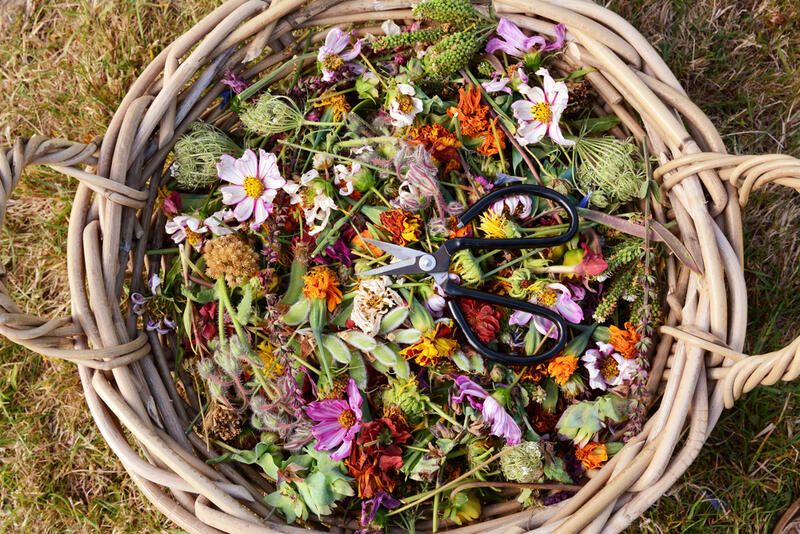
Everyone has the same dream when it comes to gardening, to plant a beautiful flower that continually blooms. The trick is the average person usually doesn't achieve this and the reason usually comes down to one of two main things, lack of proper care or harsh weather conditions. Deadheading flowers fall into the proper plant care section. What is deadheading though?


If they are routinely deadheaded, most annuals and many perennials will continue to bloom throughout the growing season. The gardening word for removing fading or dead blossoms from plants is "deadheading." Deadheading is typically done to maintain a plant's look and enhance the plant's functionality.
What is Deadheading?
Deadheading refers to taking off the dead flower heads from your plants. If you're new to gardening and are wondering how to deadhead a flower, we have excellent news for you—deadheading is easy! And getting rid of dead or spent flowers has a lot of benefits. The method also stops seeds from sprouting and encourages your flowers and plants to keep growing thicker and fuller than before, in addition to enhancing a plant's beauty. This simple gardening task doesn't take much time or thought if done frequently.
We find it to be a calming experience to deadhead plants while on the phone or watering the garden (and rewarding, believe it or not...the result is a sight not to be missed; crisp, tapered, clean, and tailored garden, that was more than worth the time in the sun).
Deadheading flowers help give you healthier plants that have a gorgeous bloom season-long! Most gardeners are pretty adapted to deadheading but for the average joe, it may not be so simple. Let's dive into the basics of deadheading flowers!
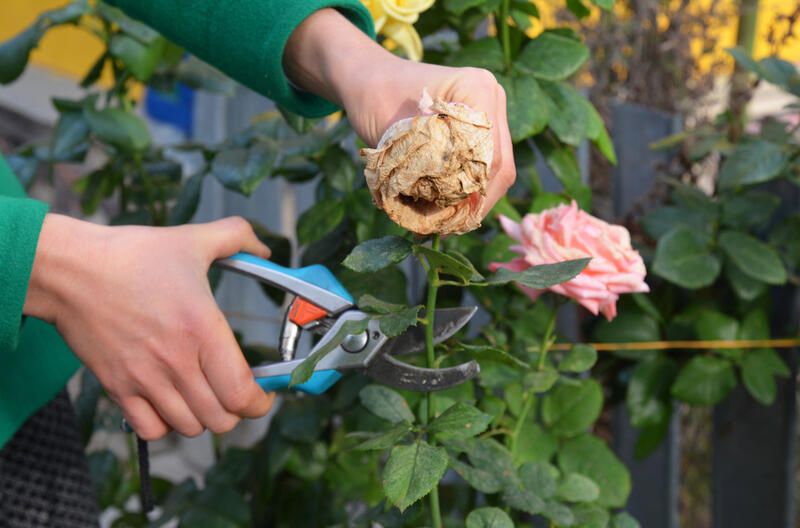
The Important Deadheading Task
The important task of deadheading is something to always keep a look out for. There are several justifications for deadheading. The first justification is visual. Faded or dead flowers that are starting to turn brown will always take attention away from newly opened flower buds and newly emerging blooms. Deadheading your plants regularly can ensure their finest appearance.
Deadheading is also done to encourage additional flowers. Most plants are meant to reproduce. Usually, generating seeds achieves this. When it comes to the vegetable garden, we want the plant to produce seeds because we want to eat the plant's fruit, which contains the seeds. Rarely will a gardener deliberately stop form seeds from germination in the vegetable garden? Many if not most gardeners are always looking for new growth.
It's a different story in the flower garden, though. The goal of a flower garden is to give aesthetic appeal, typically through most flowers. The better, the more flowery. Deadheading causes the plant to lose its ability to reproduce, therefore it will create new blossoms to achieve its objective. Many plants receive a second flush of flowers as a result, while others continue to set new flowers over time.
Certain floral plants only bloom once. These are typically perennials. The flower stalk and flower will only appear once. This plant won't bloom again if the dead flowers are removed. The remaining plant will look nice and tidy as a result of deadheading, but more importantly, it will be able to focus all of its energy on bolstering and enlarging the parent plant throughout the remainder of the growing season. The following year, it might have four or five blossoms rather than just one or two. The third justification for deadheading is to increase the parent plant's size and vigor.
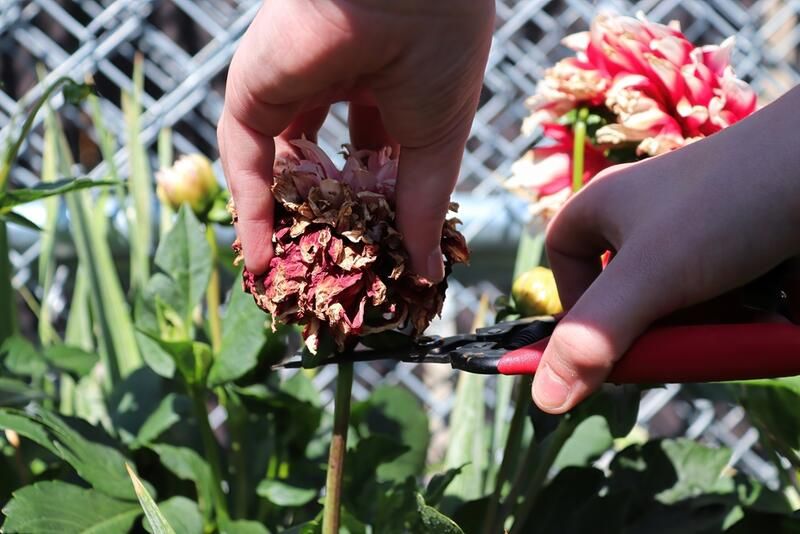
How to Deadhead Flowers
Try not to imagine the overwhelming process of performing pruning and deadheading your flowers all at once if it makes you squirm. Divide your yard into sections instead, and then progressively work on each one. The process could be enjoyable and calming for you. Anytime you have a few minutes to spare, just step outside to the garden and take care of a little deadheading maintenance, one area at a time. Deadheading does differ slightly when it comes to certain variations of perennials so do your research and make sure to check your plant's appearance and plant flower production before you start!
Timing
The time of deadheading flowers is unimportant. This gardening chore can (and should) be completed during the entire growing season, from late spring to fall. You can deadhead flowers if they begin to wilt. This is clear from the single flowers on separate stalks. Plants with multiple flowers on a stalk, such as salvia, begonias, and delphiniums, should be deadheaded when 70% of the blooms have faded.
How often you should deadhead will depend on the type of plant and the climate. Towards the end of the summer and into the fall, you might want to give some plants a chance to set seed. Some plants generate striking seed heads that provide food for wildlife during the cooler months.
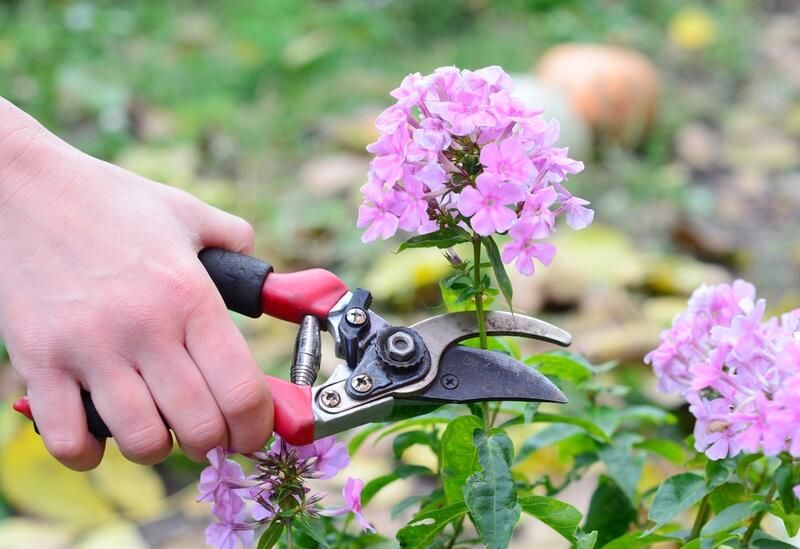
Cutting Point
Choosing where to deadhead could be a challenge. If you cut close to the flower's base, you risk having a dry and unsightly stem. There may be different locations to deadhead or trim a plant depending on the species. As a general rule of thumb, deadhead your wasted flowers and stems back to 14 inches above a new lateral flower, lateral leaf, or bud. This encourages healthy foliage and new development.
Cutting dead flower heads is a basic task but can vary from plant to plant so make sure you look into your specific flower stem just in case.
The Deadhead Cut
There are 2 main ways to perform a deadheading cut; you can just simply pinch your plant or you can go in with micro-tip snippers to deadhead your plants. Micro-tip snippers usually make it easier to ensure the safety of your plant and make sure you have a clean and tidy cut with no damage to your plant.
Plants with larger or woody steam (like roses) might require a stronger tool. Larger stems should always be cut at a 45-degree angle to prevent damage or risk of disease.
Clean Up
Because the primary objective of deadheading is to make your flower beds beautiful, don't throw your fallen blossoms on the ground. It's easy to gather them in a small bucket and add them to your compost pile.
Fertilize
Deadheading and pruning flowers encourage new growth. To guarantee that your plants continue to grow strongly and healthily, maintain your fertilization routine. Particularly voracious feeders are annuals. Regular water-soluble fertilizers in appropriate amounts will supply all the nutrients your flowers need for continued flowering.
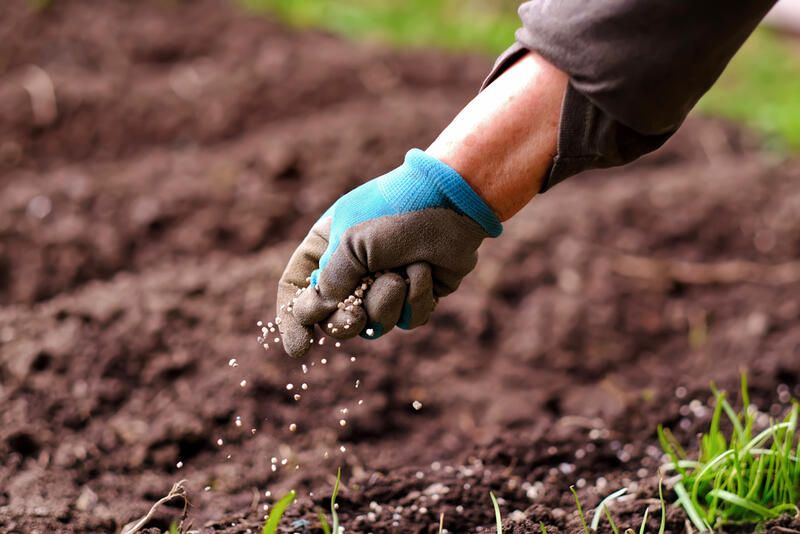
Dead Flower Heads
It's not necessary to deadhead every regular or faded bloom. The majority of bulbs, such as Liatris, peonies, and others, only have one round of blooms per season. Deadheading is not necessary for periwinkle, impatiens, or the majority of flowering performance vines. The annuals and perennials that respond well to deadheading and will provide you with a full flower display throughout the entire growing season include a few of my favorite bloomers. The flowers I deadhead include the following:
-
Salvia
-
Sweet peas
-
Bee balms
-
Phlox paniculata
-
Snapdragons
-
Marigolds
-
Petunias
-
Roses
-
Cardinal flower
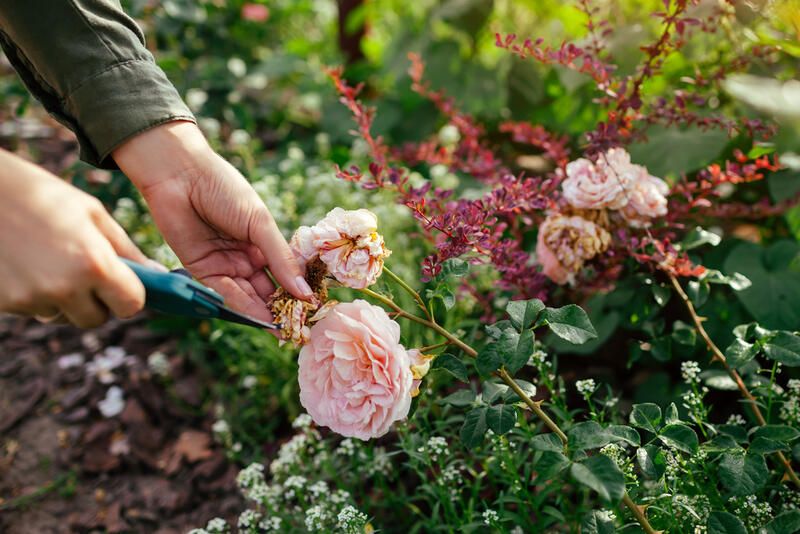
Get to Regular Deadheading!
Deadheading shouldn't be considered a chore. Carry a pruner with you as you stroll through your garden. When you perceive the necessity, deadhead. Also, keep an eye out for any indicators of problems while you are enjoying your plants. You will catch changes in your plants early if you are familiar with them. Insects or even rabbits may nibble a little here and there, yet on other days you may notice fresh shoots or the beginnings of blooms. Make use of the garden as a tranquil getaway from the pressures of life. Additionally, cut some flowers for the house while you have a clipper in your back pocket.


